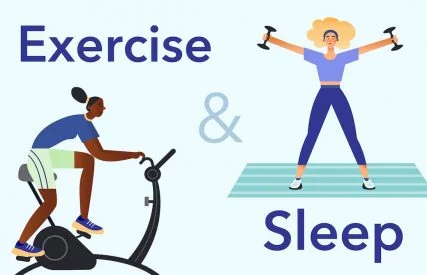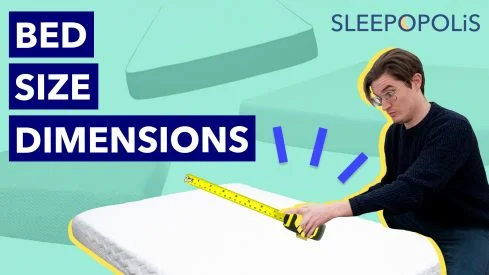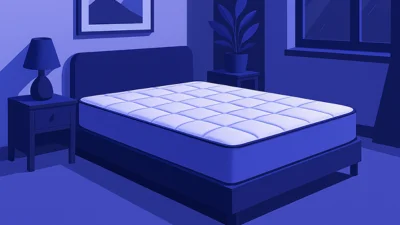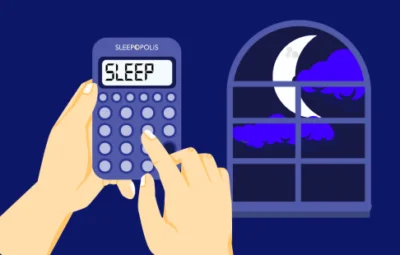Bedroom fans can help aid the sleeping process in a number of ways. On hot nights, fans can provide a crucial cooling system that can get sleepers’ minds off of the balmy weather. Additionally, fans can be a great source of white noise, creating background sounds that can distract sleepers from their thoughts and lull them to sleep.
Bedroom fans can be fashioned in a variety of ways. There are tall fans, short fans, portable fans, and rotating fans. All have their benefits and drawbacks. We took a look at some of the leading options of the different varieties out there; here is what we learned:
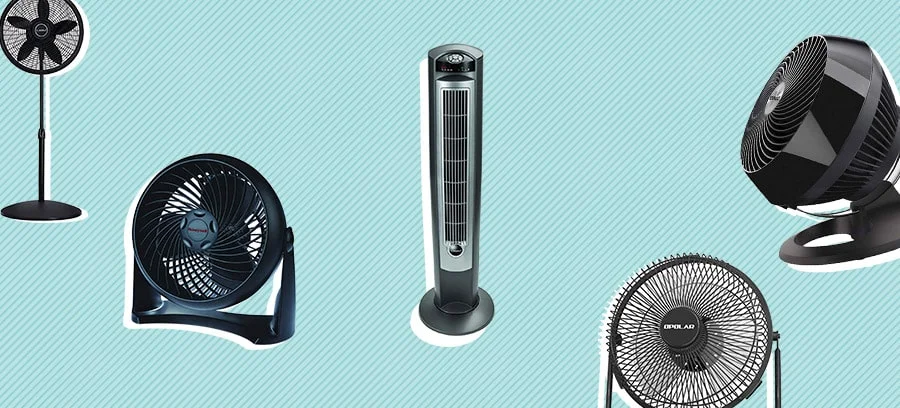
[wpcd_coupons_loop count=5 cat=’1247′ temp=’tabledata’]
How We Picked
Fans can be a crucial piece of furniture in the bedroom. Placed at the right spot, they can help cool down a hot night, provide relaxing undertones, and circulate the air so the room doesn’t seem so stagnant. With all of these possible benefits in mind, not all fans satisfy them to the same degree. Here is how we measured each fan when evaluating them:
Horizontal Rotation
One of the more important features a fan can have is its ability to rotate. This allows one unit to provide air flow for a larger area than a static fan could provide. There are two types of rotations; horizontal and vertical.
Most fans that can rotate horizontally also can automatically oscillate from side to side. The range that the fans can oscillate can make a big difference in the area that it can cool. Many fans can be locked into place as they are automatically rotating, letting users customize the direction the fan is being blasted at any given time.
Vertical Rotation
Additionally, fans can also tilt backwards vertically. The range of this rotation is one of the bigger differences between different tilting fans. Some will tilt back only 90 degrees, while others can rotate all the way around 360 degrees. This can help direct airflow in any direction.
Vertical rotations typically don’t have automatic oscillation and have to be rotated manually. A key determinant when deciding between vertically tilting fans is the ability to lock them into place at a certain angle. Some fans have preset intervals where they can be held steady. This may not get quite the angle users are hoping for, so the fan placement will have to be adjusted in other ways.
Intensity
Fans not only have differing levels of intensity between them, but also tend to have differences in the ability to adjust the speed with which it spins. Larger fans tend to have stronger wind flows, but that isn’t necessarily true in every case. The unit of measurement, CFM, measures cubic feet per minute and can be a great way to distinguish between different brands.
Within a fan itself, it can have different levels of intensity. Some offer two, while more sophisticated units can offer up to four. Keep in mind that while the highest level of intensity may provide more cool air, it also may be the noisiest.
Tips
Not sure which bedtime fan is right for you? Here are some things to consider before making your decision:
- Where are you placing this fan?
- Some fans tend to be placed in a permanent location. This is typically the case when there is one area that needs cool air or if the fan can oscillate.
- Smaller fans can usually be easily moved to cater to the positioning of the sleeper. Some brands even allow wall-mounting for an air flow from above.
- Do you enjoy white noise?
- Fans when turned to their highest intensity level sometimes are a great source of white noise. However, some may be too loud at their highest level even for those purposes.
- More advanced fans can have automatic shut-off options that will turn them off as the person falls asleep. Even better, some have their lights dim and lower in intensity gradually.











